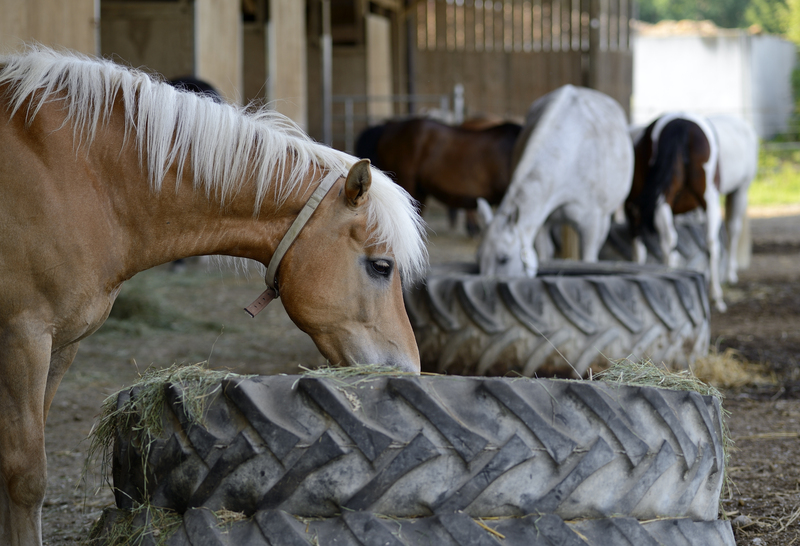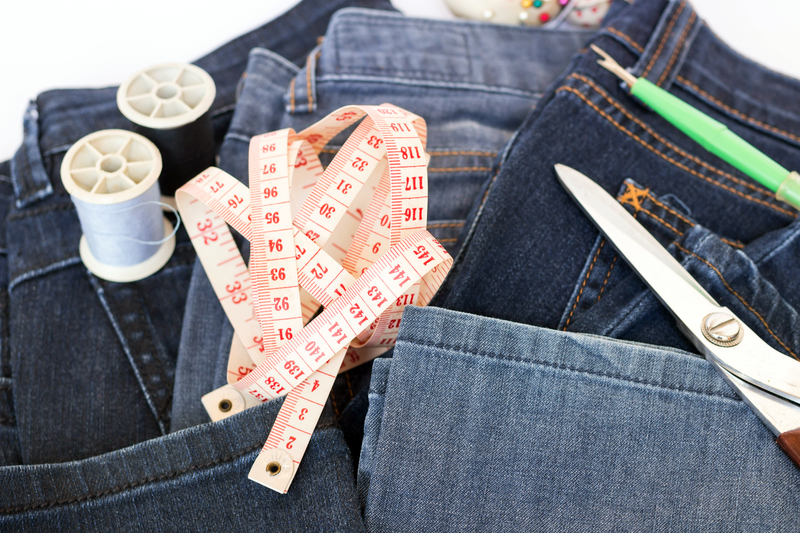Resourceful Upcycling Solutions for Turning Everyday Items into Art
In a world increasingly conscious of sustainability, environmental impact, and creative self-expression, upcycling offers a compelling intersection. Upcycling--transforming ordinary or discarded materials into something of higher value--is rapidly gaining traction both as an eco-friendly practice and a vibrant art form. Resourceful upcycling solutions empower individuals to cultivate their creativity by breathing new life into everyday items, often turning what would be landfill-bound waste into stunning works of art.
The Rise of Upcycled Art: Where Creativity Meets Sustainability
The journey from trash to treasure is as much about environmental responsibility as it is about innovation. By adopting creative upcycling methods, artists and enthusiasts not only minimize waste but also reimagine the possibilities inherent in items like glass bottles, cardboard boxes, old clothes, and electronic components.
- Eco-consciousness: Upcycling is a proactive response to the global waste crisis, reducing landfill reliance and curbing consumption of new resources.
- Accessibile Artistry: With just a bit of ingenuity, anyone can embrace upcycled art regardless of resources, skill levels, or initial investment.
- Personal Expression: Each upcycled creation is unique, reflecting the maker's resourcefulness, personality, and story.

Essential Upcycling Materials from Everyday Life
The beauty of resourceful upcycling solutions lies in the accessible materials found all around us. Look to household waste, packaging, outdated gadgets, or clothing destined for donation as a potential canvas. Here are some of the most popular everyday items perfect for upcycling art projects:
- Glass jars and bottles - from vases to mosaic pieces
- Plastic containers - jewelry, planters, and sculptures
- Cardboard and paper - collages, wall art, or intricate models
- Old clothing - fabric-based wall hangings, patchwork, or textile sculptures
- Tin cans - lanterns, storage solutions, or decorative art
- Wood pallets - furniture, mixed-media art, or rustic signboards
- Discarded electronics - circuit-board jewelry, robot sculptures, or assemblages
Innovative Ideas for Upcycling Art Projects
1. Transforming Glass Bottles and Jars into Artworks
Glass bottles and jars are among the most versatile items for upcycling. By painting, etching, or combining glass with other materials, you can create dazzling decorative pieces. Consider these creative upcycling solutions:
- Bottle Lamps: Convert wine bottles into elegant lighting fixtures with fairy lights or lamp kits.
- Painted Vases: Use acrylic paint or glass markers to design custom vases for fresh or dried flowers.
- Mosaic Pieces: Smash or cut glass to craft vibrant mosaic artworks or garden stepping stones.
2. Turning Old Clothing into Textile Masterpieces
Upcycling old textiles not only diverts fabric from landfills but also allows for tactile, colorful art creation. Explore options such as:
- Patchwork Wall Hangings: Combine fabric scraps in harmonious or contrasting patterns to create large, textile art pieces.
- T-shirt Yarn Projects: Transform shirts into yarn for weaving rugs, wall art, or even macrame sculptures.
- Fabric-Covered Canvases: Overlay previously loved garments onto stretched canvas for textured collage effects.
3. Cardboard and Paper: Cost-Effective Canvases for Creative Expression
Cardboard and thick paper are often overlooked, yet they serve as remarkable foundations for upcycled DIY art projects:
- Layered Relief Art: Cut and stack layers to make dimensional, shadow-rich wall pieces.
- Cardboard Sculptures: From animal figures to abstract forms, cardboard's flexibility is unmatched.
- Book Page Collages: Repurpose old novels or magazines into intricate, meaningful collage art.
Upcycling Techniques to Elevate Your Art
Collage and Assemblage
Combining mixed media elements to form assemblage art transforms upcycling into a multidimensional exploration. Techniques involve:
- Gluing: Use adhesives suited for your materials--hot glue, tacky glue, or epoxy--for structural stability.
- Layering: Create depth by stacking paper, fabric, or objects for visual interest.
- Fastening: Experiment with wires, staples, or bolts to physically connect disparate materials.
Painting, Staining, and Dyeing
Surface treatment methods can mask flaws or enhance the inherent beauty of upcycled items:
- Spray Painting: Provides a quick, even finish for glass, metal, or plastic items.
- Natural Dyes: Use onion skins, avocado pits, or turmeric to dye fabric or paper safely and sustainably.
- Decoupage: Adhere decorative napkins or paper to surfaces with mod podge for a personalized touch.
Repurposing Hardware and Electronics
For tech enthusiasts, repurposing e-waste introduces metallic hues and circuitry textures to art projects:
- Circuit Board Jewelry: Cut old boards into shapes, sand edges, then drill for earring or pendant hooks.
- Mechanical Sculptures: Use gears, wires, and springs for steampunk-inspired art pieces.
- Lamp and Lighting Art: Combine LED strips and old components to illuminate your creations.
The Artistic and Environmental Benefits of Upcycled Art
Uniting aesthetics with eco-friendliness, creative upcycling offers tangible environmental and personal gains:
- Waste Reduction: Upcycling reduces landfill input and promotes resource efficiency.
- Carbon Footprint Decrease: Utilizing existing materials curbs energy consumption needed for manufacturing new products.
- Unique Home Decor: Upcycled art reflects your values and adds singular charm to living spaces.
- Educational Value: These projects teach children and adults about sustainability in a hands-on way.
Inspiring Upcycled Art Examples from Around the Globe
Leading the way in resourceful upcycling artistry, many creatives have achieved global recognition for their extraordinary works. Their endeavors not only inspire but also highlight the immense potential of everyday items:
- Jane Perkins - This UK-based artist utilizes buttons, plastic fragments, and jewelry to recreate famous portraits and scenes with remarkable accuracy.
- El Anatsui - The Ghanaian sculptor recontextualizes bottle caps and metal scraps into monumental, tapestry-like works exhibited in major museums.
- Ha Schult - Known for his "Trash People" installations, Schult crafts life-sized human forms from aluminum cans and metal waste, spreading environmental awareness worldwide.
How to Start Your Own Upcycling Art Journey
Step-by-Step Guide for Beginners
- Start Small: Assemble basic materials like glue, scissors, paints, and the items you intend to upcycle.
- Choose a Theme: Opt for a nature-based subject, geometric abstraction, or a functional art piece.
- Prepare Materials: Clean and dry all materials, cut or disassemble as necessary.
- Plan the Composition: Arrange objects loosely on your working surface until a pleasing design emerges.
- Assemble Carefully: Attach pieces methodically and allow drying time for adhesives or coatings.
- Finish and Display: Add paint, stain, or embellishments before hanging or sharing your art.
Safety Tips for Upcycling Projects
- Wear gloves when handling sharp edges or chemical cleaners.
- Work in a well-ventilated space if using strong adhesives, paints, or solvents.
- Supervise children closely during cutting, gluing, or painting steps.
Where to Find Inspiration and Share Your Work
- Social Media: Platforms like Pinterest, Instagram, and YouTube brim with upcycling tutorials and ideas.
- Local Craft Groups: Join workshops or art clubs to meet like-minded makers and learn new skills.
- Online Marketplaces: Platforms like Etsy provide a place to sell or purchase unique upcycled art.

Upcycling as a Creative Mindset
The heart of resourceful upcycling solutions is not merely in the finished artworks but in fostering a mindset of innovation, adaptability, and conscious consumption. By looking beyond an object's initial purpose, you invite playful experimentation, challenge traditional notions of beauty, and champion the idea that art can be sustainable without sacrificing aesthetic value.
Conclusion: Make Art, Reduce Waste, and Inspire Change
Upcycling everyday items into art is more than a trend--it's a movement transforming how we view waste, creativity, and the act of making. By embracing resourceful upcycling artistry in your own life, you'll help protect the environment, express individuality, and perhaps inspire others to think twice before discarding what could become tomorrow's masterpiece.
Whether you're repurposing old jeans into fabric mosaics, transforming circuit boards into jewelry, or turning jars into dazzling lights, the scope for creativity is endless. Start your journey today with the materials around you, and discover how every throwaway item holds the potential to be part of a sustainable, beautiful future.
Frequently Asked Questions about Upcycled Art
- What's the difference between upcycling and recycling?
Recycling breaks down materials (like melting plastics or metals) for reuse, often resulting in lower-quality products, while upcycling transforms objects into items of higher value without degrading the material. - Is upcycled art valuable?
Yes--many upcycled art pieces are prized by collectors, eco-conscious buyers, and in galleries for their uniqueness, craftsmanship, and environmental message. - How can I sell my upcycled art?
Utilize online platforms (Etsy, eBay, Facebook Marketplace), local art fairs, or consignment shops specializing in sustainable goods.
Take the first step toward creative sustainability: gather your unused items, let inspiration flow, and turn the everyday into extraordinary art!
